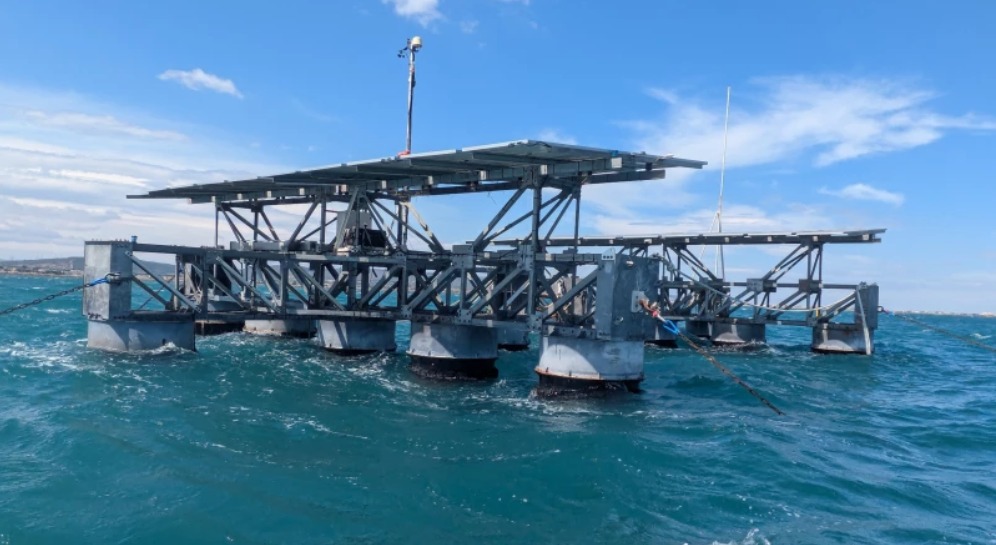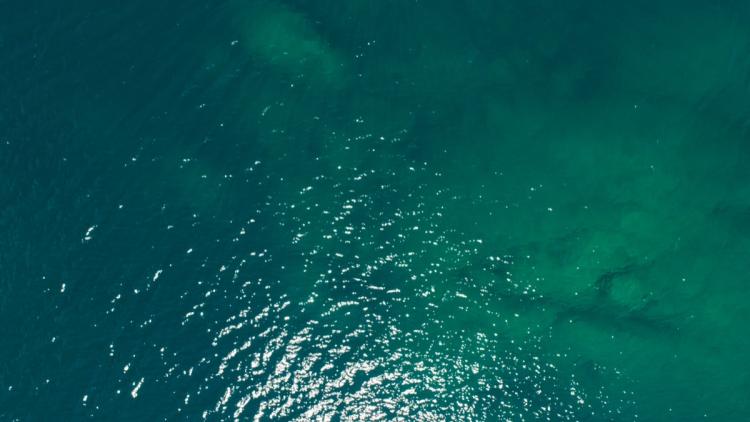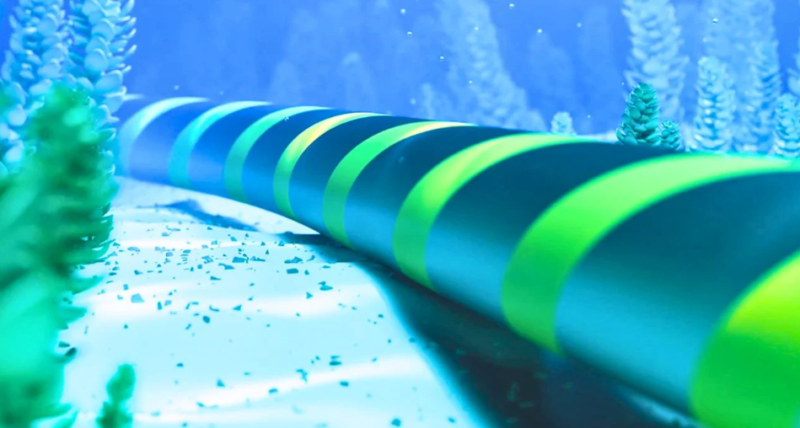
Off the coast of Sète, the first offshore photovoltaic farm in France and the Mediterranean Basin has been operational since March 2023. Built by SolarinBlue, this pilot installation consists of two floating units with a total power capacity of 20 kilowatts. The start-up’s goal is clear: to decarbonize the electrical supply for ports, islands, and offshore wind farms.
Last December, SolarinBlue was recognized as one of the 40 most promising start-ups in the maritime sector during the Maritime Innovation Days. Maddalena Bozzetti, Business Development Manager at SolarinBlue, shares: « Being among the most promising start-ups is fantastic news. It boosts our morale and strengthens our desire to continue. It’s a great confirmation that our work is appreciated at various levels, reassuring us about the direction we’ve chosen. » The company is thus supported under the France 2030 plan.
A Technology Designed for the Marine Environment
SolarinBlue’s offshore photovoltaic farms stand out for their ability to withstand the demanding conditions of the marine environment, especially waves. Their elevated structures protect the solar panels from mechanical stress. These floating units are connected to form an elastic mattress capable of withstanding waves over ten meters high.
The operation is straightforward: the photovoltaic modules convert sunlight into direct current, which is then transmitted to a floating transformation unit. There, the electricity is converted into alternating current and transported by an underwater cable to the coast, where it is integrated into the electrical grid.
Aerial view of the first offshore photovoltaic farms off the coast of Sète. © SolarinBlue
Overcoming the Limits of Land Deployment
The decision to move offshore is driven by the growing constraints of land-based deployment. In Europe, and even more so in island regions, competition for space limits the potential for large renewable projects, often hindered by other human activities such as housing or agriculture. « If we end up doing small projects, we lose the economic benefit of the technology, » explains Maddalena Bozzetti.
Offshore solar farms are particularly well-suited for island regions. These areas, often tourist-heavy, place great importance on the visual impact of installations.
“Offshore solar farms are much more adaptable, with minimal visual impact and reduced costs in the medium and long term.”
Moreover, their port infrastructures are often inadequate to support offshore wind projects. Unlike other renewable solutions, photovoltaic farms require minimal infrastructure for installation. « Photovoltaic farms are much more modular, with minimal visual impact and reduced costs in the medium and long term, » emphasizes Maddalena Bozzetti.
This year, SolarinBlue plans to launch the « Méga Sète » project, a floating solar farm with a total capacity of one megawatt, which will replace its first demonstrator, « Sun’Sète. » The project will cover an area of one hectare, with an estimated annual production of over 1,300 MWh. This will bring the start-up’s innovations into the spotlight…



